A fitness tracker or smartwatch is one of the best ways to hold yourself accountable when trying to be more active. Knowing which device is best for you, though? That can be tricky.
Both perform very similar roles, but you may find yourself favouring one.
A fitness tracker is a type of advanced pedometer. A frequently thin device with a small screen, it's a subtle addition to your wrist. Fitbit tends to dominate the budget fitness tracker field, but there are options from other brands, such as Amazfit.
It tracks your steps throughout the day while also monitoring the calories you're burning, and sometimes your heart rate and the number of stairs you've climbed.
A smartwatch does all these things but also includes dedicated apps. Usually providing you with more advanced workout features, a smartwatch also allows you to reply to texts or emails from your wrist, listen to music without needing your phone, and even help guide you back from a long (and potentially confusing) hike.
Brands are similar to your phone, including Apple, Samsung and Google. Garmin also makes good-quality smartwatches.
There are many types of fitness trackers and smartwatches, encompassing different features, brands and styles. That's why we're here to help you figure out what's best for your situation.
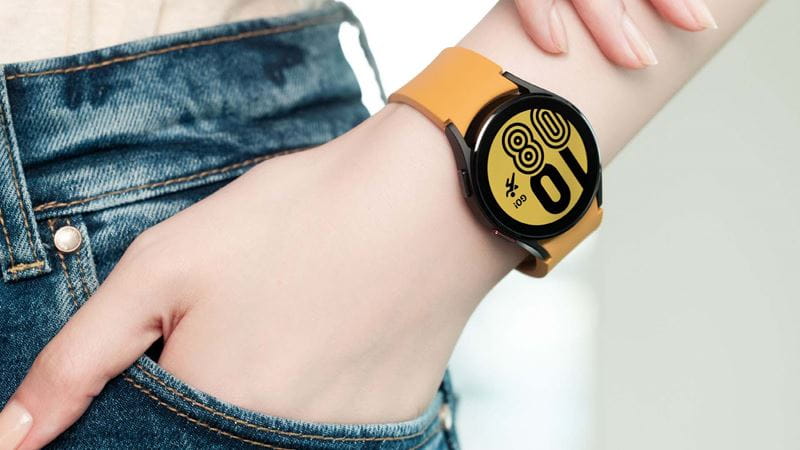
What are the visual differences?
Both fitness trackers and smartwatches fit on the wrist, but they look quite different. A smartwatch usually looks like a regular wristwatch. Different sizes are available but the average size is generally between 40mm and 45mm.
Apple Watches and Samsung's Galaxy Watch range offer various sizes, so you can opt for a smaller 40/41mm or 44/45mm-sized bezel. Smaller still is the Google Pixel Watch at 30mm/1.2 inches.
Many Android-based smartwatches use a circular display, while the Apple Watch range has a rectangular screen that looks less like a traditional watch. Most smartwatches use an OLED screen, which means you get a clearer and sharper image that is easier to see, even in bright sunlight.
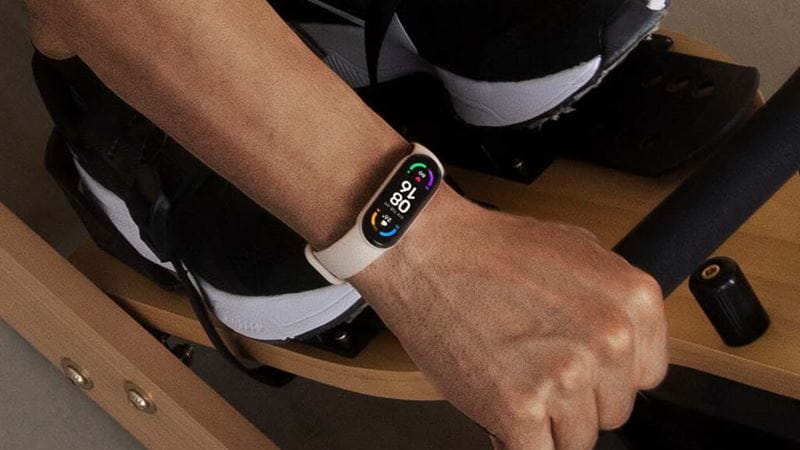
Your wrist size and favoured look will dictate your preference, but you can always buy watch straps that match your style (or a specific occasion).
A fitness tracker will look smaller on your wrist and tends to favour a thin screen solely used to display information rather than look good.
Screens can still be reasonably clear in bright sunlight, but they're often pixelated and less modern. Lighter on your wrist, they can feel less noticeable throughout the day.
The differences between a smartwatch and a tracker
Fitness trackers and smartwatches will provide you with basic tracking and functionality.
That means they will keep an eye on how many steps you take each day, and monitor the number of calories you're likely to be burning.
Most fitness trackers and all smartwatches will also track your heart rate so that you can see if your body is reacting unusually to anything. It can be helpful as a health warning, but also as a way of gauging whether you're pushing yourself appropriately while walking or working out.
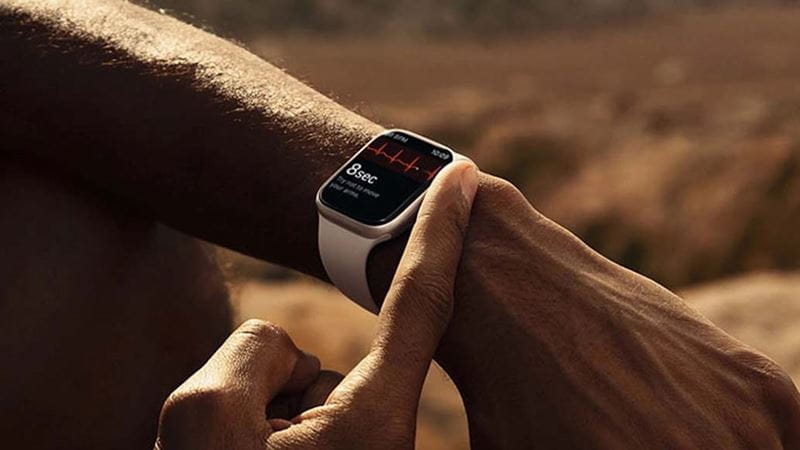
How long will they last between charges?
Battery life is much better with fitness trackers than with smartwatches.
Most smartwatches (including the Apple Watch range) need charging every day, or every day and a half at best. The only exceptions are high-end and rugged smartwatches such as the Apple Watch Ultra, which lasts around three days, and some Garmin smartwatches, which last two weeks or more.
Most fitness trackers will last for five days at a minimum, with many lasting up to 14 days between charges.
Therefore a fitness tracker is the best option if you want to avoid charging your device too often.
However, these figures can decrease depending on how you use your wearable. If you have a particularly active day or two and use the device's GPS a lot by going for a long hike, for instance, the battery will deplete faster.
Take each figure with a pinch of salt and assume it's lower in reality. Recharging is often relatively quick with at most two hours giving you back a full battery.
All the devices use proprietary chargers - i.e. chargers used solely for this purpose. Some smartwatches will also charge wirelessly if placed on a charging station. If you already have a smartwatch with its own wireless charging station, this can be useful, providing it's compatible.

What can you expect to pay?
It's possible to pay very little for a smartwatch, but we wouldn't generally recommend these. A no-name smartwatch under £50 is likely to be a glorified fitness tracker rather than a true smartwatch.
For the genuine article, you should look towards brands like Apple, Samsung, Garmin, Google and Fitbit. Such devices tend to cost £150-£350, depending on the performance of the smartwatch, its size and its features.
The more features, the pricier it tends to get. One distinction is whether the watch has a cellular connection. That means it has its own mobile signal (requiring a separate SIM contract), so you don't need your phone nearby. It's rarely essential for most people and bumps the price considerably.
Fitness trackers are much cheaper. Even a basic £25 fitness tracker will suffice for someone who only wants the essentials. However, a pricier device like the Fitbit Inspire 3 may suit more people, with a balance between price and features. Spending around £50 will get you heart-rate monitoring and reliable battery life.
The most expensive fitness trackers, such as the Fitbit Charge 5, are bordering on offering the same features as a smartwatch, while being slightly smaller on your wrist.
Smartwatch or fitness tracker
Any purchase involves a lot of consideration. What's your budget? Why do you need or want a new wearable?
A fitness tracker is ideal if you want to keep costs down. It'll track the basics like how many steps you take and how many calories you burn, while also tracking your route (via your phone).
Spend a little more and you can also keep an eye on your heart rate. The Fitbit Inspire 3 is a good solution for most people, offering most of the features you could need but without the complexities (or price tag) of a smartwatch. If you aren't sure what you need, here are five things to consider when buying a fitness tracker.
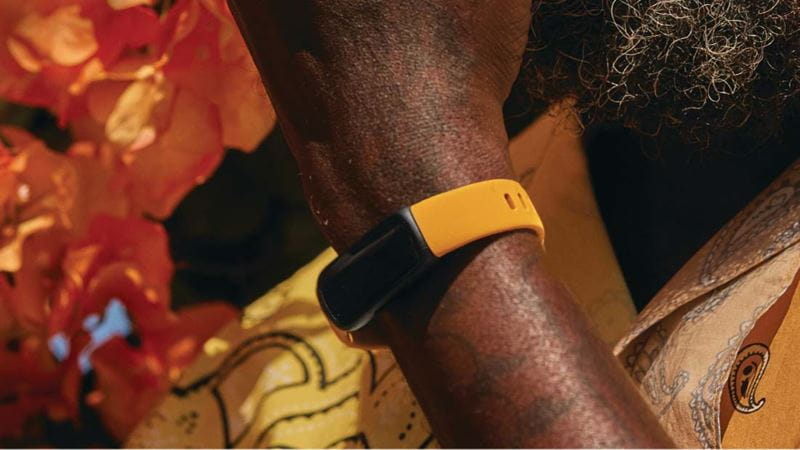
If you want more features and consider yourself a power user, you need a smartwatch. Count on spending £200-300 for the best options.
iPhone users should favour an Apple Watch, while Android users should go with a Samsung Galaxy Watch 4 or 5.
If you like to look fashionable, either is a good choice, with plenty of watch strap options and different colours to choose from.
If you're a keen runner or hiker, a Garmin smartwatch is the best solution as they're made for ruggedness rather than just good looks.
Don’t forget to consider waterproofing if you plan on swimming with it. Most smartwatches and fitness trackers are water-resistant and so will handle a swim just fine, with some watches being water-resistant up to 100m.
We are here to help you decide which wearable is right for you, a sleek fitness tracker or feature-packed smartwatch
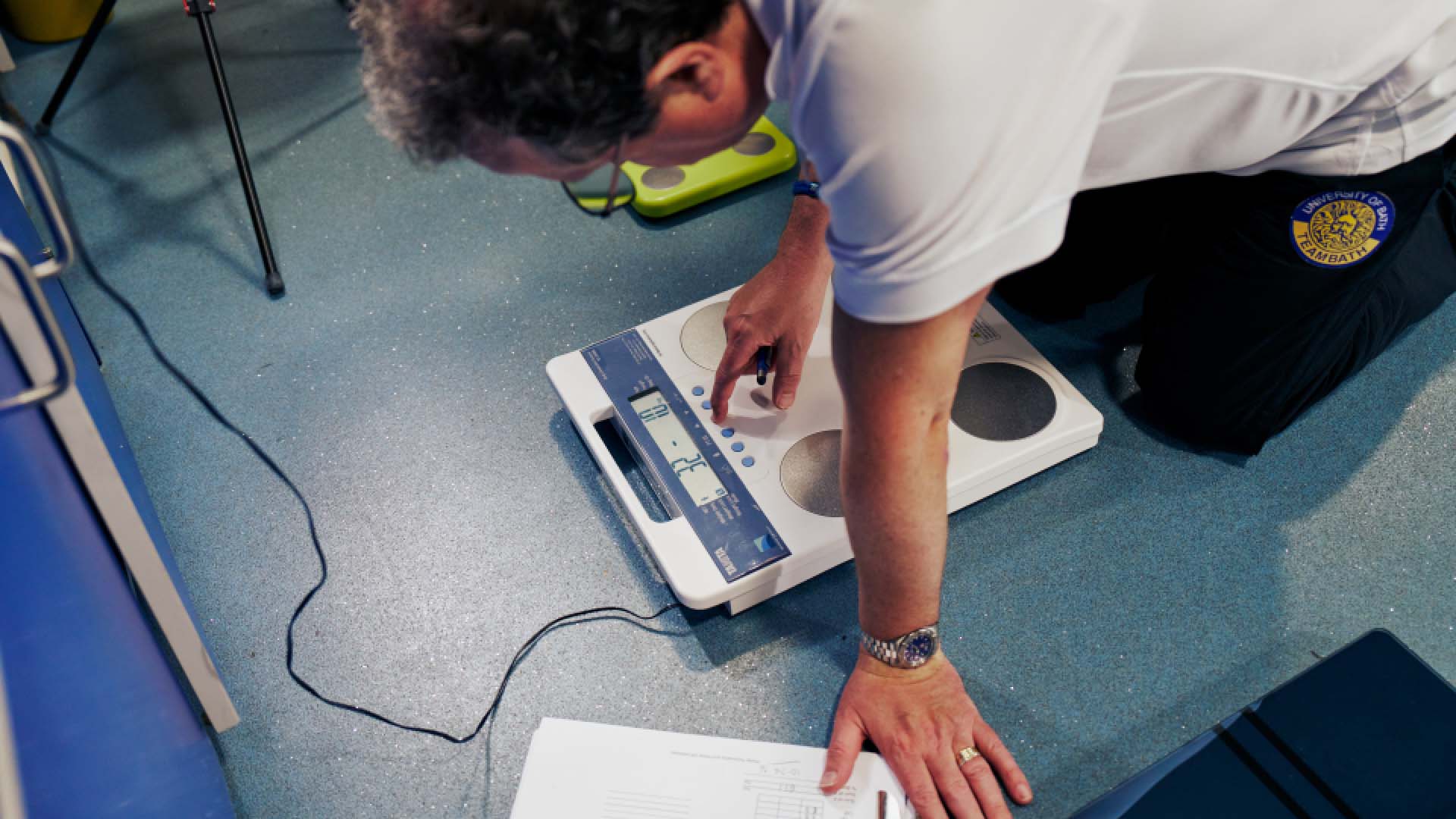
When it comes to tracking your body composition, are smart scales accurate enough to be useful?

Cleaning with an electric toothbrush is much easier, especially if you have mobility problems in your hands.
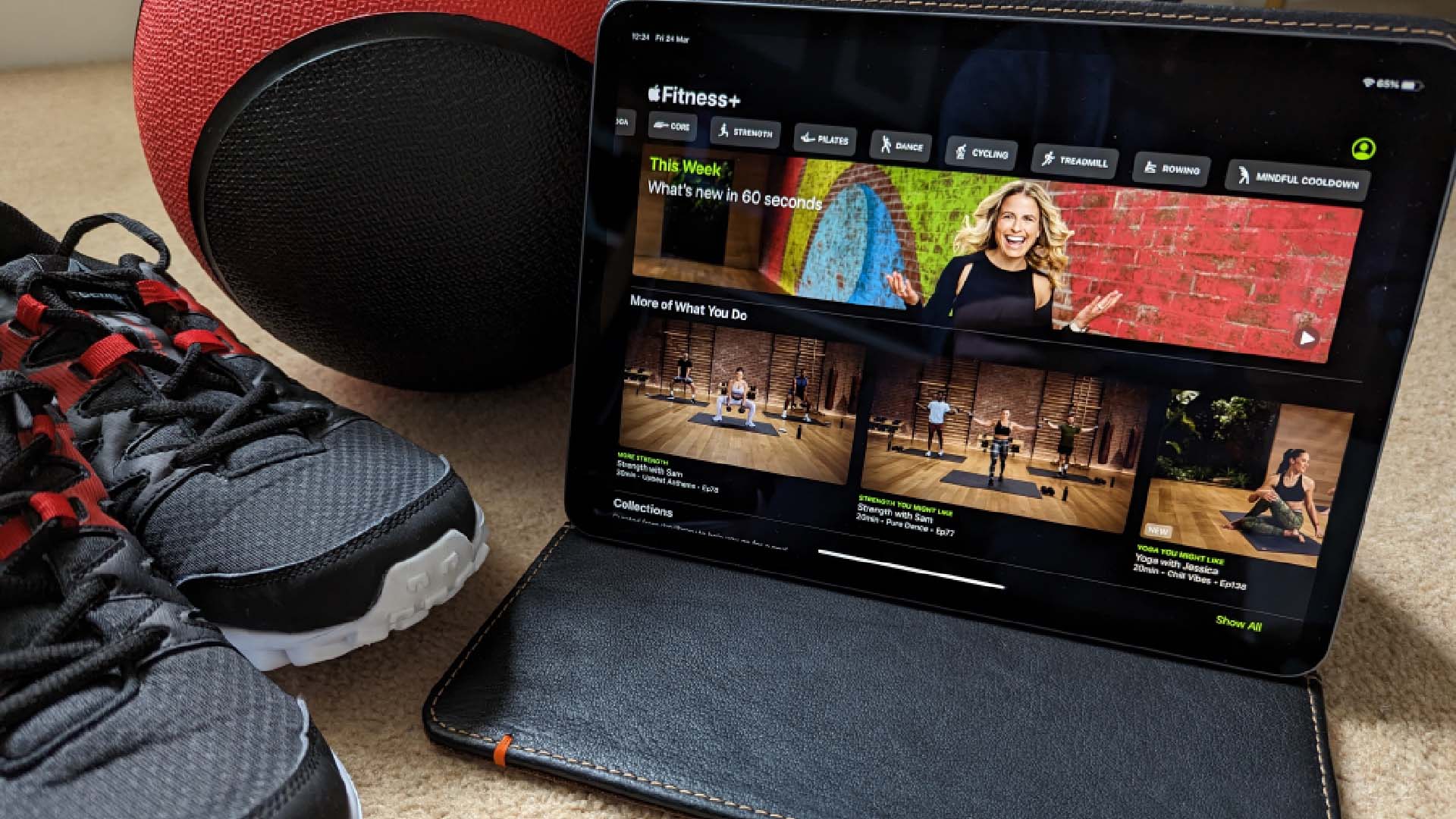
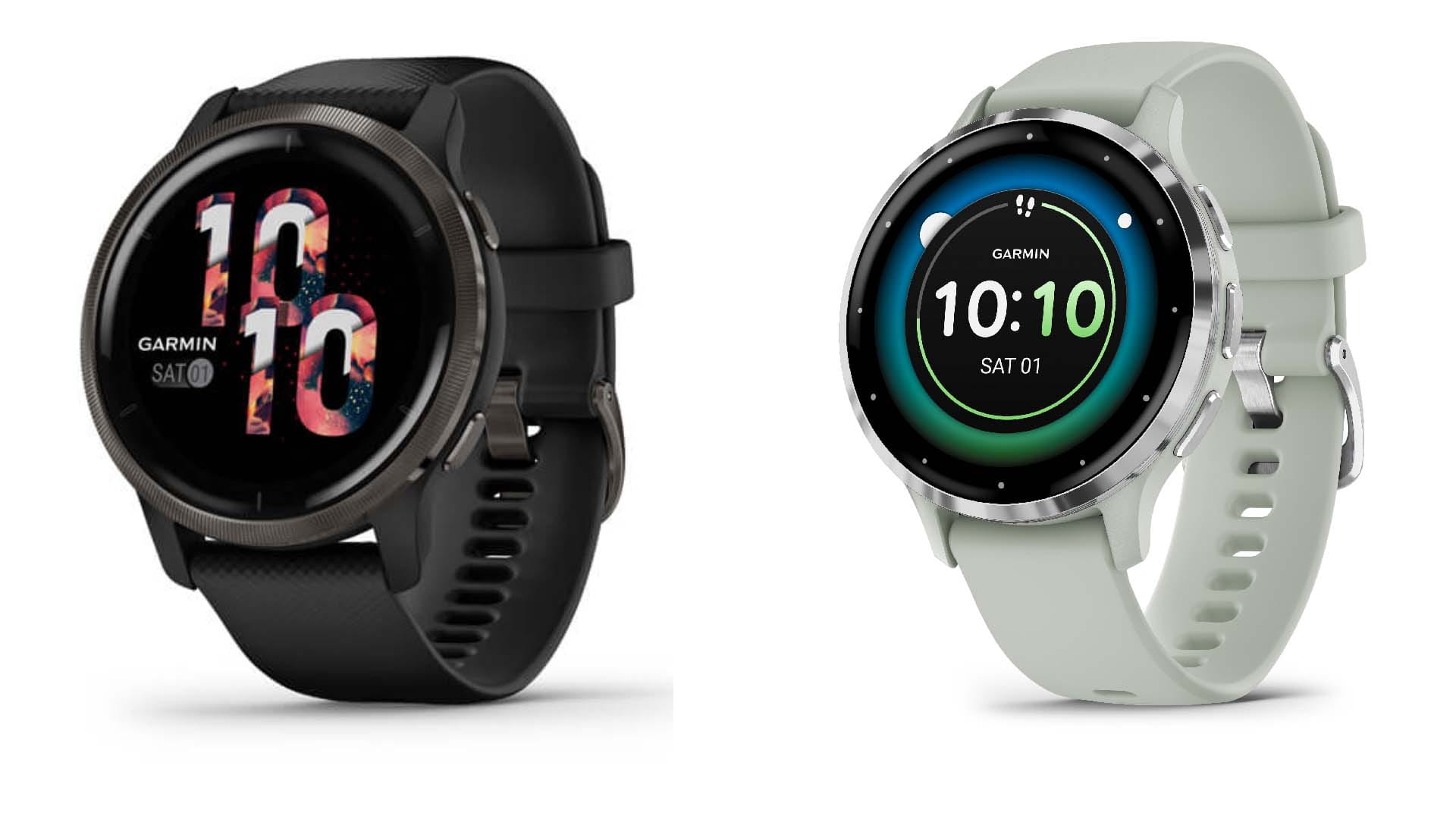

The best yoga poses to build strength and make your life more comfortable
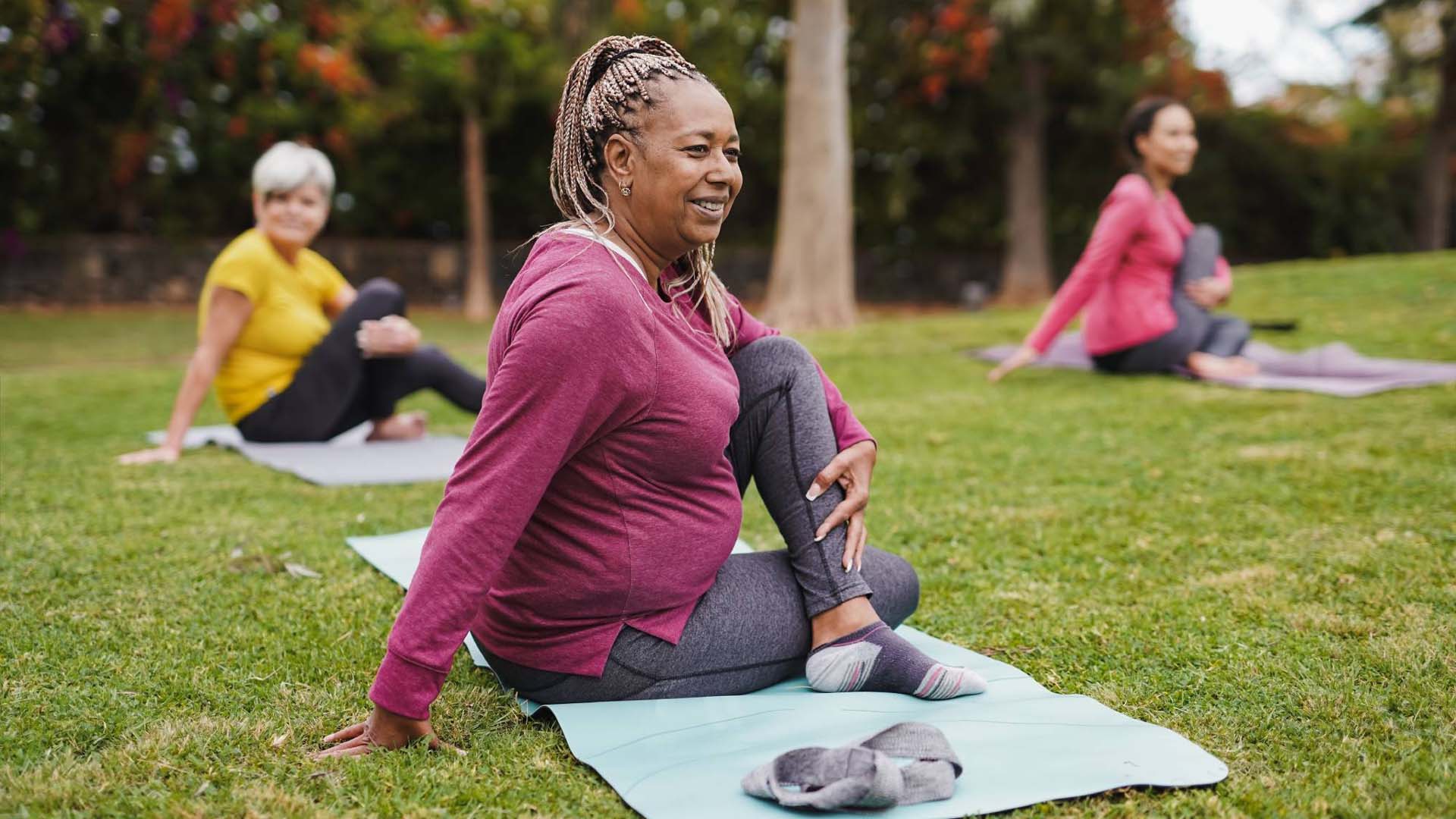
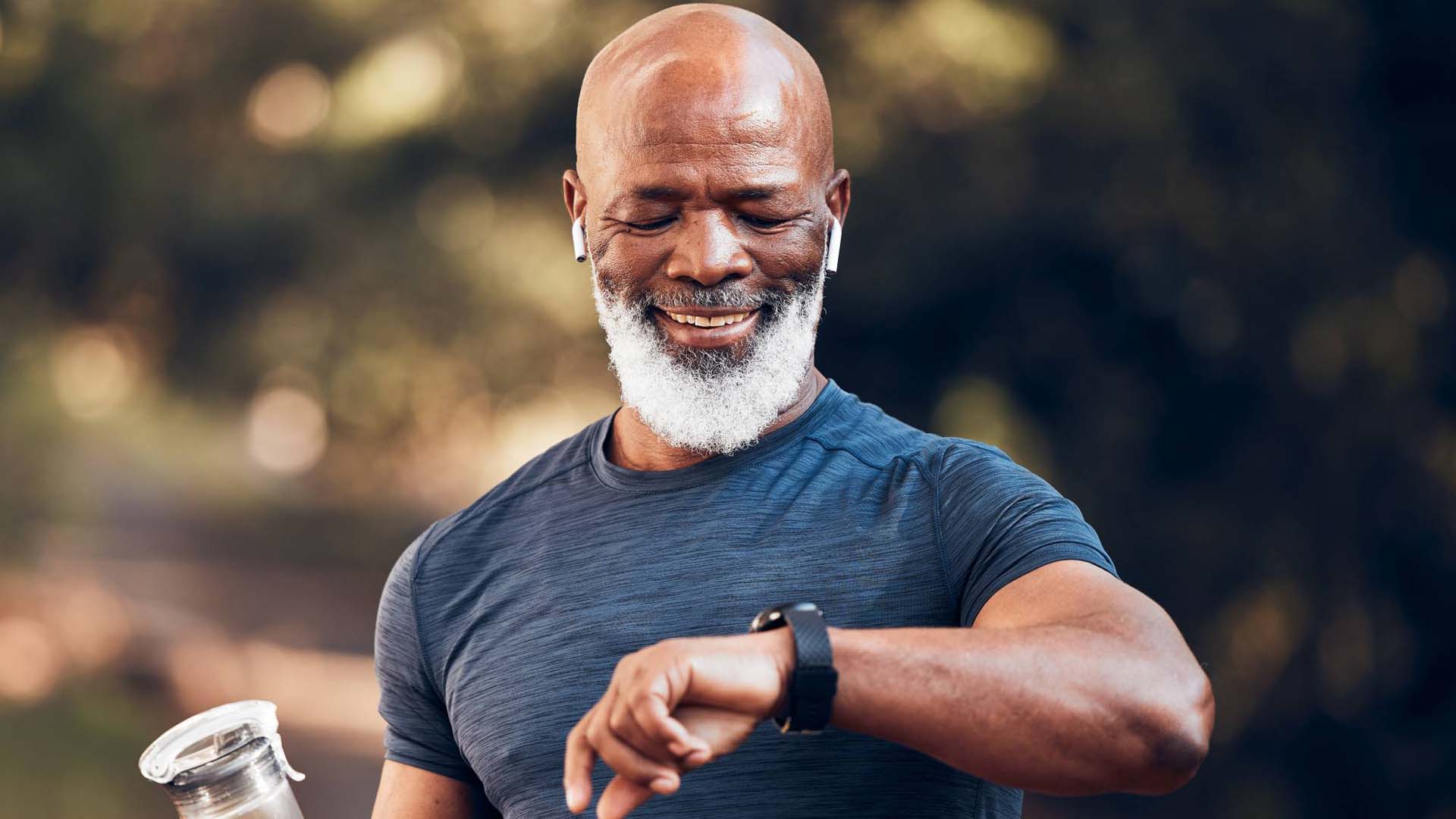
Your questions answered about what really is a good 5k time.

Your 5k questions answered and how far it is in miles, with the best UK races